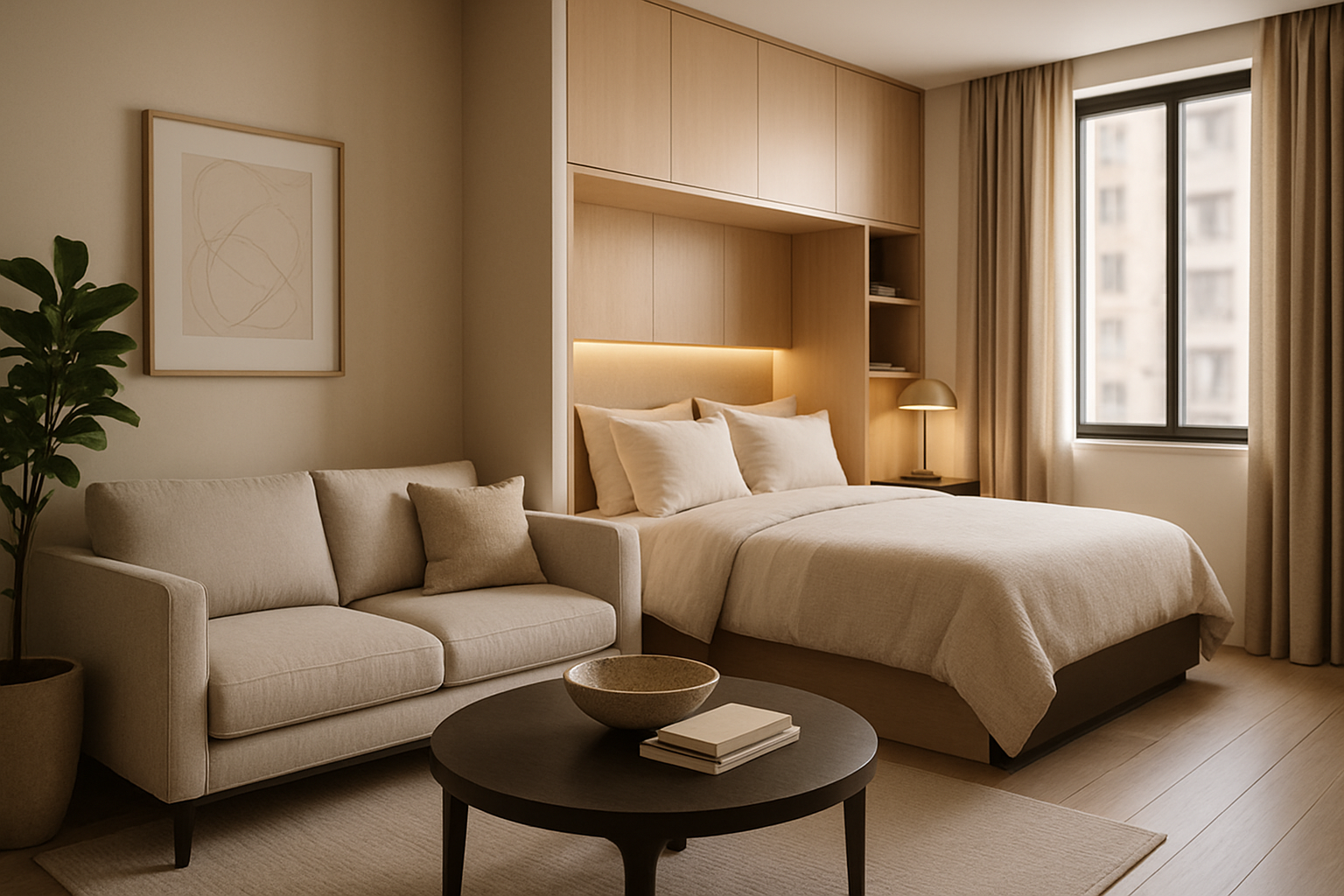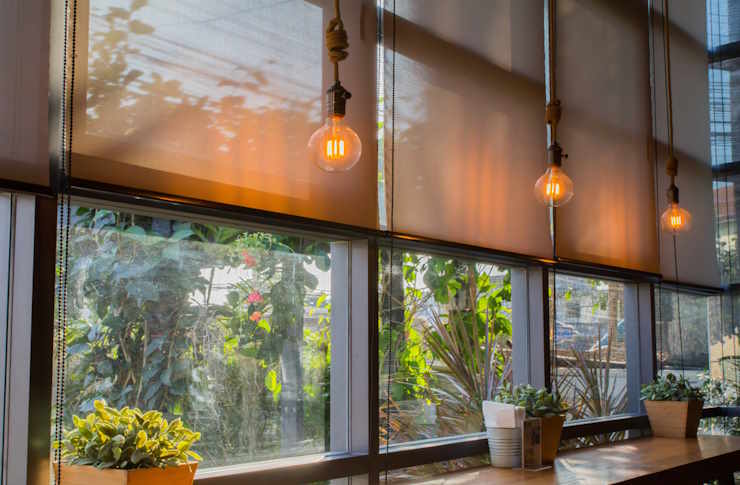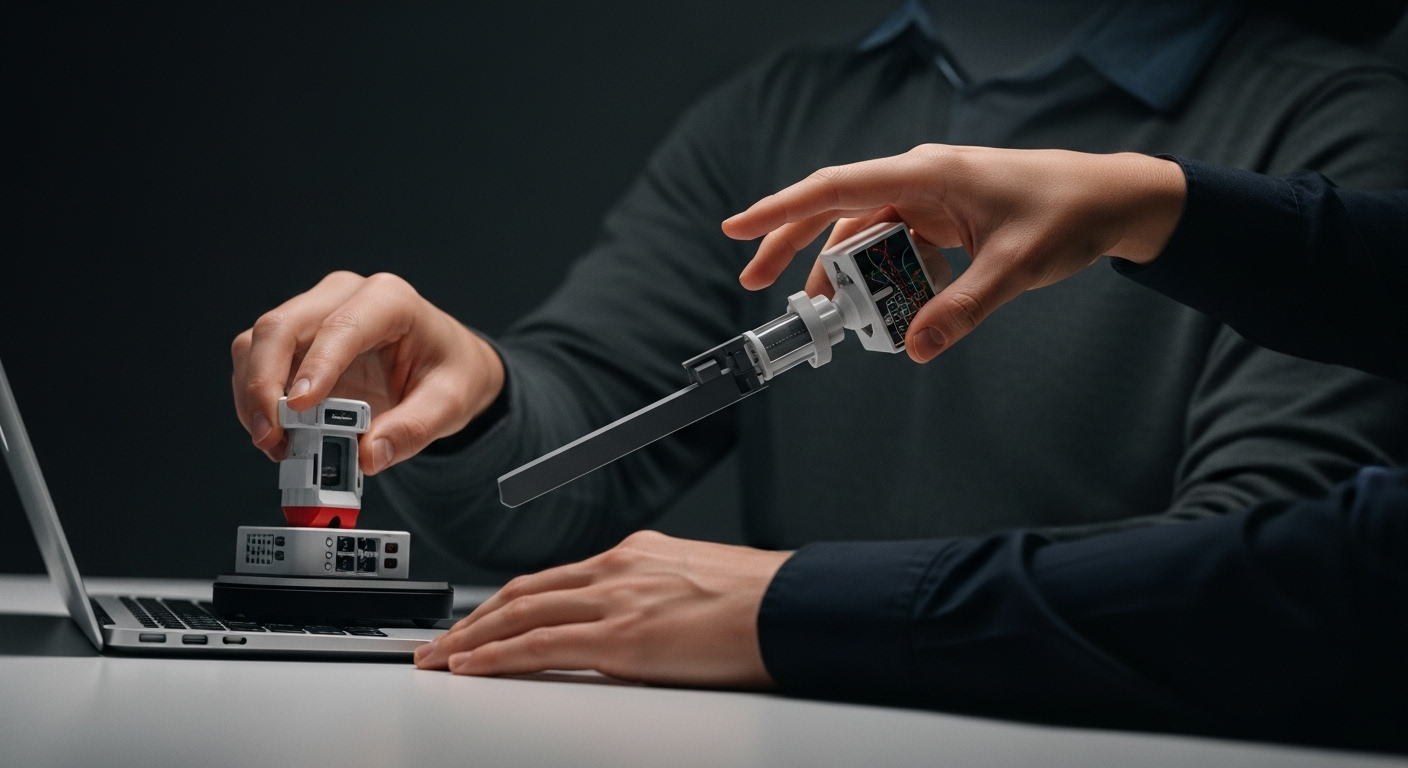Kinetic Furniture: Shaping the Future of Adaptive Living Spaces
In an era where living spaces are becoming increasingly dynamic, kinetic furniture is emerging as a revolutionary solution to the challenges of modern urban living. This innovative approach to home design is not just about aesthetics; it's a practical response to the need for adaptability in our ever-changing environments. From shape-shifting sofas to walls that transform at the touch of a button, kinetic furniture is redefining the way we interact with our living spaces.

Early pioneers of kinetic furniture include designers like Eileen Gray, whose adjustable E1027 side table from 1927 is considered a precursor to modern transformable furniture. As urbanization intensified and living spaces shrunk, the need for multifunctional furniture grew, paving the way for more sophisticated kinetic designs.
The Mechanics of Movement
At the heart of kinetic furniture lies a complex interplay of engineering and design. These pieces often incorporate advanced mechanisms such as hydraulics, pneumatics, or electronic systems to facilitate movement. Designers collaborate with engineers to create furniture that is not only functional but also durable and safe.
One of the key challenges in developing kinetic furniture is balancing mobility with stability. Pieces must be sturdy enough for daily use while remaining easy to manipulate. Materials play a crucial role, with designers often opting for lightweight yet robust options like aluminum alloys, carbon fiber, and high-grade plastics.
Adaptive Solutions for Compact Living
In urban centers where space is at a premium, kinetic furniture offers ingenious solutions for maximizing utility. Convertible beds that transform into desks or dining tables during the day are becoming increasingly popular. These pieces allow a single room to serve multiple functions, effectively doubling or even tripling usable space.
Wall systems that can be reconfigured to create separate rooms or open up into larger spaces are another innovation gaining traction. These modular designs allow homeowners to adapt their living areas to changing needs, from hosting guests to creating temporary home offices.
The Intersection of Technology and Furniture
As smart home technology advances, kinetic furniture is becoming increasingly sophisticated. Imagine a coffee table that rises to dining height at the push of a button or a bookshelf that rotates to reveal a hidden room. These are not futuristic concepts but real products entering the market.
Integration with voice assistants and smartphone apps allows for seamless control of kinetic elements. Some systems can even learn user preferences and adjust automatically based on time of day or occupancy patterns. This merger of furniture and technology is creating living spaces that are not just flexible but intelligent and responsive.
Sustainability and Longevity
Kinetic furniture aligns well with the growing focus on sustainability in home design. By serving multiple purposes, these pieces reduce the need for additional furniture, potentially decreasing overall consumption. Moreover, the adaptability of kinetic furniture means it can evolve with changing lifestyles, potentially extending its useful life.
Designers are also exploring eco-friendly materials and production methods for kinetic furniture. Some are experimenting with recycled plastics and sustainable woods, while others are developing pieces that can be easily disassembled for recycling at the end of their life cycle.
Challenges and Future Directions
Despite its potential, kinetic furniture faces several challenges. Cost remains a significant barrier, with many pieces priced at a premium due to complex mechanisms and materials. There’s also the question of durability – moving parts are inherently more prone to wear and tear than static furniture.
Looking ahead, the future of kinetic furniture seems bright. As technology advances and production costs decrease, we can expect to see more affordable and widely available options. Research into new materials and mechanisms continues, promising even more innovative designs in the coming years.
The Psychological Impact of Fluid Spaces
The rise of kinetic furniture is not just changing our physical environments; it’s also influencing how we perceive and interact with our living spaces. The ability to transform our surroundings at will creates a sense of control and adaptability that can positively impact mental well-being.
Studies have shown that environments that can be easily modified to suit different needs can reduce stress and increase satisfaction. Kinetic furniture allows for this kind of personalization on a daily or even hourly basis, potentially leading to more harmonious living experiences.
Kinetic Design Beyond the Home
While much of the focus on kinetic furniture has been in residential settings, its applications extend far beyond. Offices are increasingly adopting transformable workstations that can switch between sitting and standing positions. Educational institutions are exploring flexible classroom setups that can be quickly reconfigured for different learning activities.
In public spaces, kinetic elements are being used to create interactive installations that respond to human presence or environmental factors. These designs blur the line between furniture, architecture, and art, creating engaging experiences that challenge our perceptions of space and form.
Embracing the Kinetic Revolution
As we move towards a future where adaptability and efficiency are paramount, kinetic furniture stands poised to play a significant role in shaping our living environments. Its ability to merge functionality with innovation offers exciting possibilities for how we inhabit and interact with our spaces.
For homeowners and designers alike, embracing kinetic furniture means rethinking traditional notions of interior design. It’s about creating spaces that are not just beautiful but responsive to our ever-changing needs. As this field continues to evolve, we can look forward to living spaces that are more dynamic, efficient, and in tune with our modern lifestyles.





